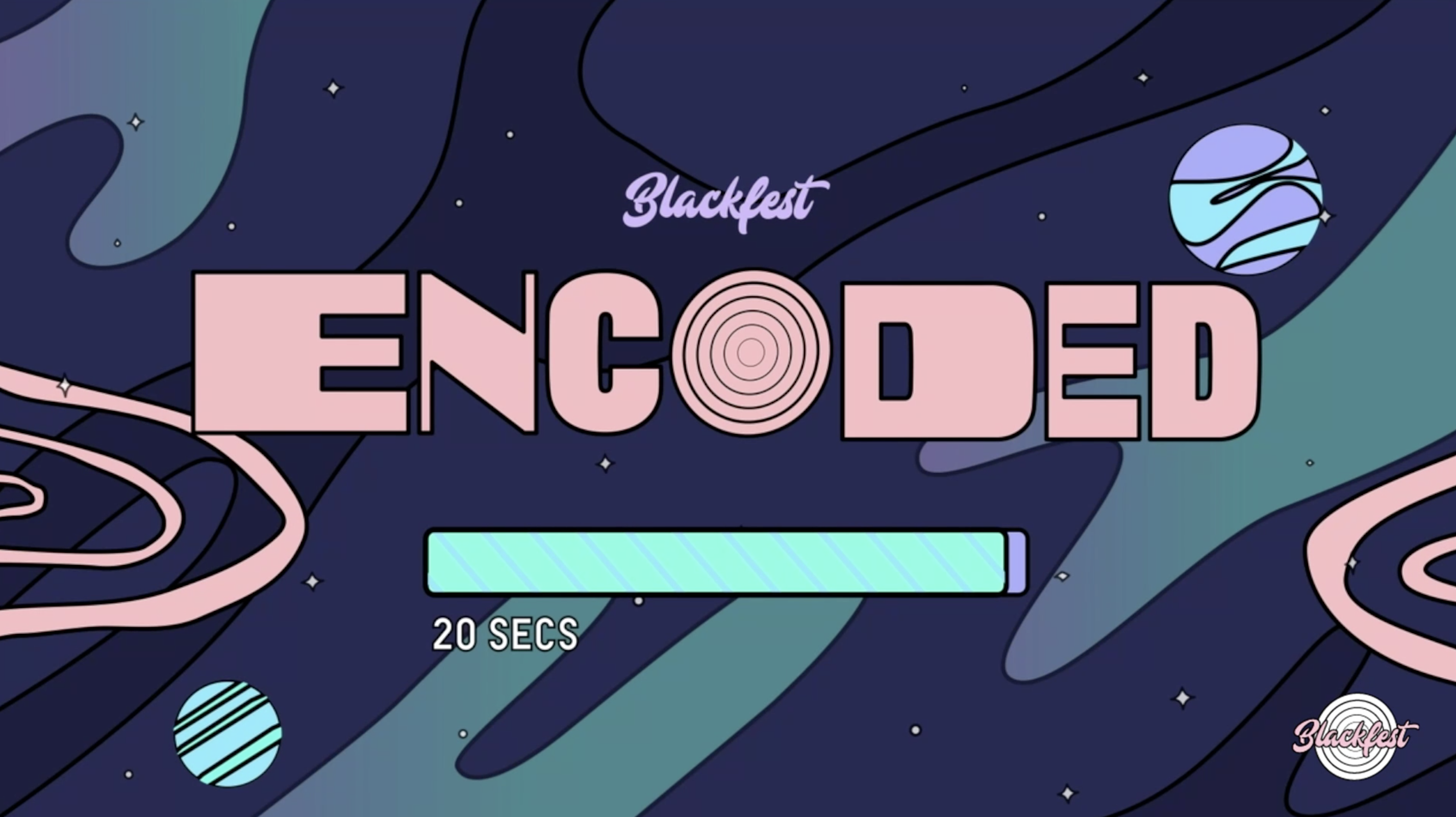Blackfest is a free, annual concert put on at Stanford by the Black Family Gathering Committee (BFGC). It originally started out as a family picnic, but over the years, it has grown into a mini-festival, where student and big name performers put on a concert, and local Black artists come to sell art like jewelry and paintings. It was, and still is, a time for the Black community at Stanford to get together and take back space, which it has so long been denied. Although Blackfest has evolved beyond a family gathering, it still holds that same sense of community.
This year, however, Blackfest was a little different. Due to the COVID-19 pandemic, Blackfest, along with other big events on campus, was put on hold. But it was not forgotten. The planning committee immediately switched gears and started planning for a virtual concert. The committee reached out to various other Stanford organizations as well as to the outside companies push.live and PURSUIT Design to collaborate on and re-wire Blackfest into what became “Blackfest: ENCODED.”
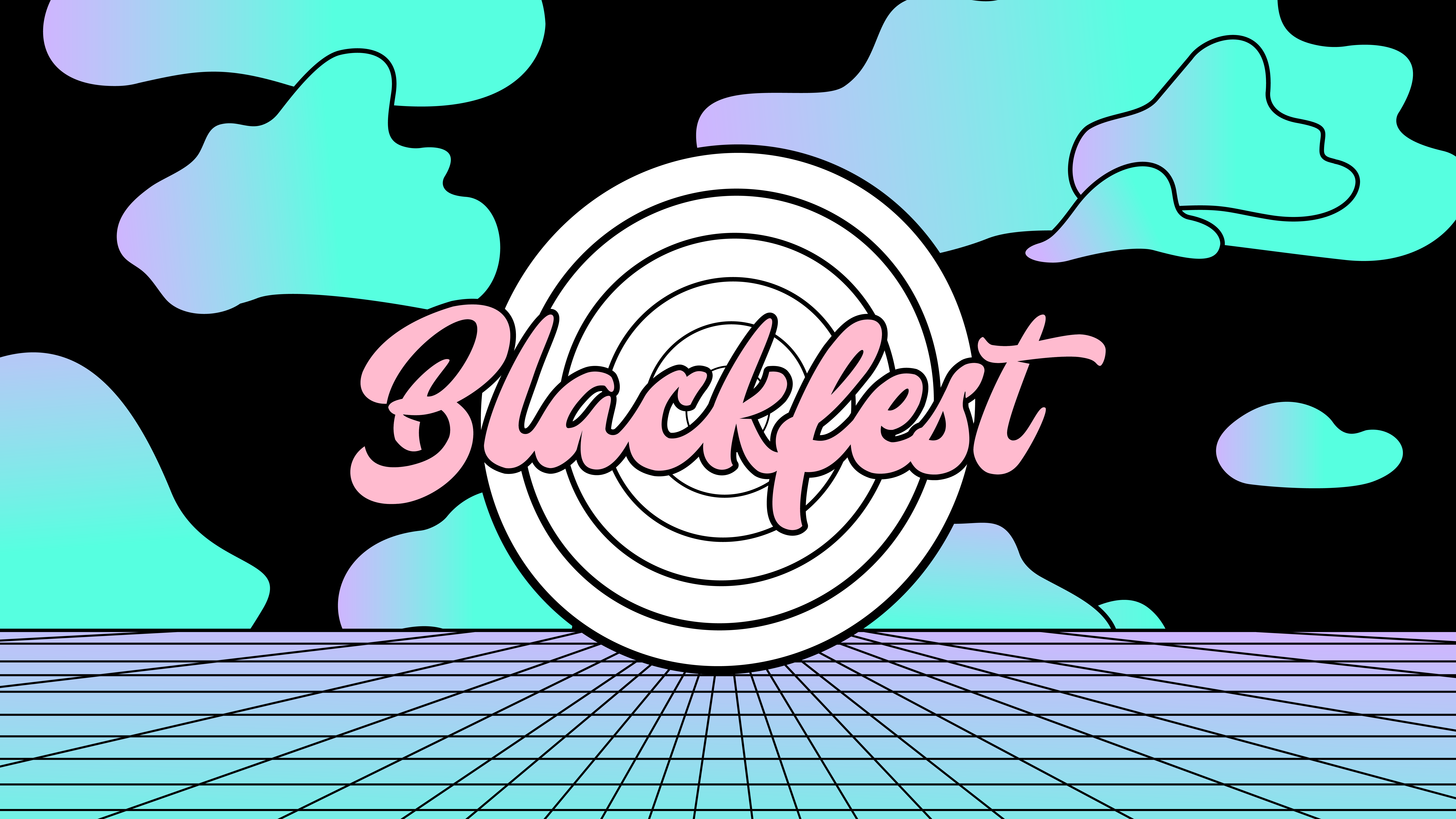
Creating Blackfest
In order to understand the main ideas behind Blackfest: ENCODED, I talked to representatives from the student organizations of the Stanford African Student Association (SASA), BFGC, Stanford Concert Network (SCN), MINT Magazine and PURSUIT Design to get a more holistic picture of all the work that went into producing the virtual concert. The idea of Blackfest needed to be reexamined when the decision was made to host it virtually. The concept of taking back space, in a physical sense, could no longer be played out. Therefore, the different organizations put in a collaborative effort in order to translate these ideas over into a digital platform.
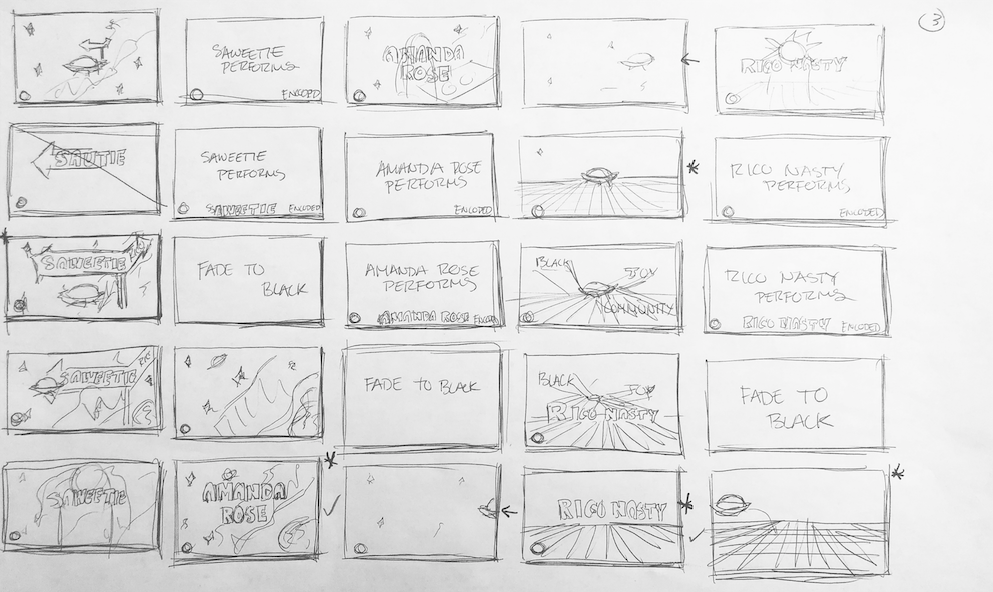
I first spoke with Tamara Morris ’20 of the BFGC, who, along with fellow BFGC member Saron Dea ’20, had been working on Blackfest since the start. Morris gave me the ins and outs of how Blackfest is planned, walking me through the different artists they spoke to about performing, planning logistics and bringing other student organizations in to help. Speaking to one of MINT’s editors-in-chief, Iman Floyd-Carroll ’20, and alumni Indya McGuffin ’19 & Kendal Burkins ’19 of PURSUIT Design, really got me on track with the concept behind Blackfest: ENCODED. They worked diligently to examine questions about what it meant to take up space, and how this could be done most effectively when it was no longer possible for students to be in the same place. The process of developing the creative concept of Blackfest: ENCODED made them examine more deeply how the same feeling of community could be cultivated in a virtual landscape.
First off, the name needed to be changed a bit. “Analogfest” was a first name that was proposed but it did not feel like the same concert with the same intentions behind it, as Indya PURSUIT Design explained. Floyd-Caroll presented the theme to me as being about “encoding black joy [and] undertaking the black virtual world.” Therefore, the team started to play with different ways to present this idea through graphics. The team decided to play with ideas of Afrofunk, the evolution of tech and outer space-like visuals in order to connect with the theme of “making space.” Creating this space in a virtual world certainly brings out the tech aesthetic. After going back to the drawing board many times, the space-tech theme of Blackfest: ENCODED was born.
The biggest challenge that I heard from the many Blackfest: ENCODED organizers was that they had to learn to navigate a new, virtual environment with little experience in hosting a virtual concert. Having less control over the production quality was something that the creators were nervous about. As Bella Cooper ’20, one of the three directors of SCN explained to me, production used to be handled all in house by student collaborators, and having to let go and let the streaming software push.live do most of the work was not something that the organizers were used to.
Another challenge that I gathered from my conversation with Co-Editor of MINT Magazine, Petar Hristov ’22, was the marketing for the concert itself. During the COVID pandemic, it has been hard to get as much student interactivity as in previous years. He walked me through how important it was to get student engagement with Blackfest. Therefore, the MINT team decided that the best way to go about it was to inform people no more than a week before the actual date, to make sure that people were excited and informed about the event date & logistics. They promoted the event to various email lists, but largely used social media, such as Instagram stories and Twitter, to spread the word. And people were — who wouldn’t be excited for Saweetie, Rico and Gunna?
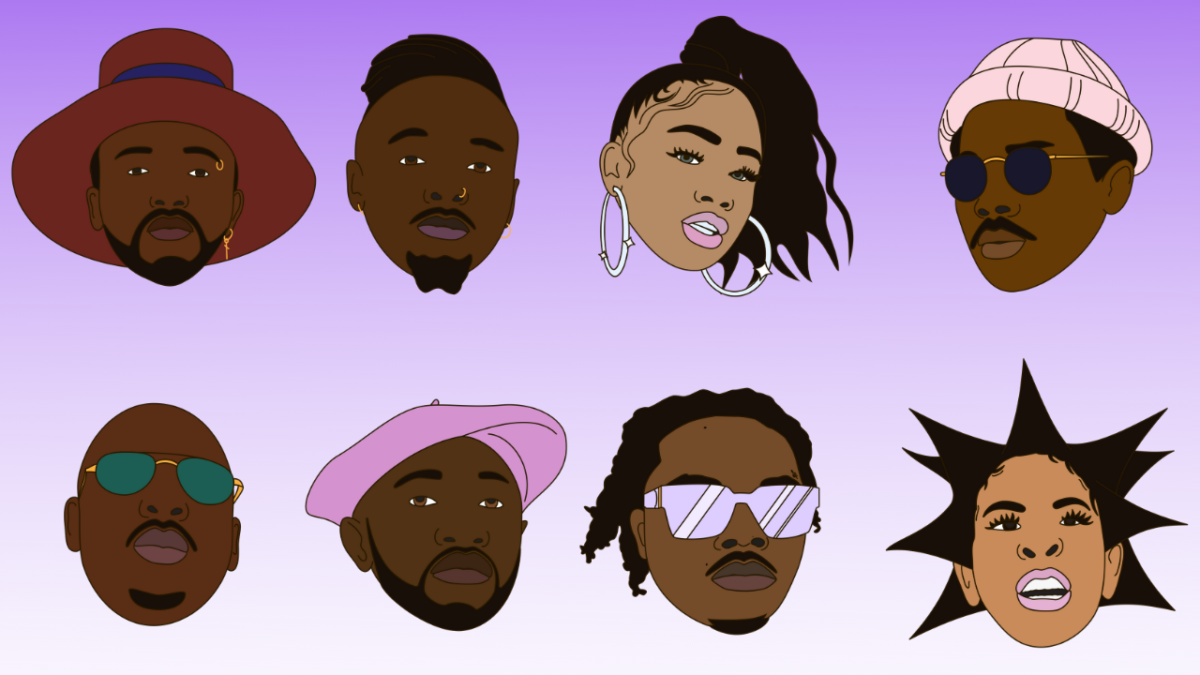
The concert lineup itself was amazing. Starting off with the extraordinary Stanford student performers Cameron Woods ’20, also known by his stage name “Cam,” and Gabriel Townsell ’20, also known by his stage name “VII,” we were immediately captured. Cam not only brought us moving pieces about the Black experience, but had fire beats. Blackfest’s Twitter explains how the audience felt about VII perfectly “Is anybody else all the way in their feelings with soulful tracks from VII @ you got us simpin!!!!”
Next was Sauti Sol, an awesome Kenyan afro-pop band. Each performer and member of the group was so talented — they all seamlessly worked together to create beautiful tracks. They switched up singers, going from steady beats about love to quick-paced, guitar-ridden songs that made you want to dance. Since they’ve been active since 2005, one could feel so behind in terms of listening to their music.
Channel Tres, a DJ, producer, and musician from Compton, California, was also super impressive. His setup was very cool — a warehouse with many ladders set up around the room, with the artist descending to enter the stage, and ascending to exit. It was not the first time nor the last time of the concert where I felt upset that I could not be there dancing in person. Channel Tres smoothly transitioned from beat to beat. Each one felt confident, fun and upbeat, like you wanted to be at a party with friends. I wish I had surround-sound in order to better experience the Blackfest vibes, particularly so I could have imagined myself joining Channel Tres in the warehouse.
Up next was Saweetie, one of the more anticipated acts of the night. Though her set was interrupted many times due to technical difficulties, no one minded too much — she still brought that Icy Girl energy and baddie demeanor with her. Her message to students during the Q&A session about staying in school and getting an education was super inspiring; she gave the class of 2020 the commencement speech they deserved.
Right before the two bigger artists came up was a performance by DJ Amanda Rose. She absolutely killed it. Not only did she create a great tracklist to go along with the animations in between sets, but she pulled out the bangers for her set. She played music from Lil Uzi, Megan Thee Stallion, and Mike Sherm and bops like “Laffy Taffy” by D4L, and “Grove St. Party” by Wacka Flocka Flame.
Rico Nasty, my personal favorite, was up next. Her soft-punk girl setup was definitely present, and her personality really shone through throughout the performance, especially when she started beating up her large, pink, stuffed bear that she was using as a stage prop. She performed crowd favorites like “Trust Issues” and “Rage,” but the best part of her performance was the Q&A section. Not only did she tell us about her favorite way to smoke (RAW papers — classic), but she was so assuring in the way that she talked about how she stays motivated. Simply put, she isn’t motivated everyday, and that’s okay. She told us that it’s okay to not feel 100% every day, and it’s okay to be honest with yourself about it. Don’t push yourself too hard, especially right now in quarantine.
With his new album “WUNNA” out just the day before, everyone was on the edge of their seats when Gunna showed up on-screen as the final act. His set was the best so far, with him performing in what seemed like an actual venue. He had multiple camera men going, and his production value was one of the best of the night (other than Channel Tres). Not only did Gunna perform new stuff like “Skybox,” but also favorites like “Who You Foolin’” and “Baby Birkin.” He was also on-tune and was rapping perfectly — as were all the performers, honestly. It was a perfect end to a perfect set.
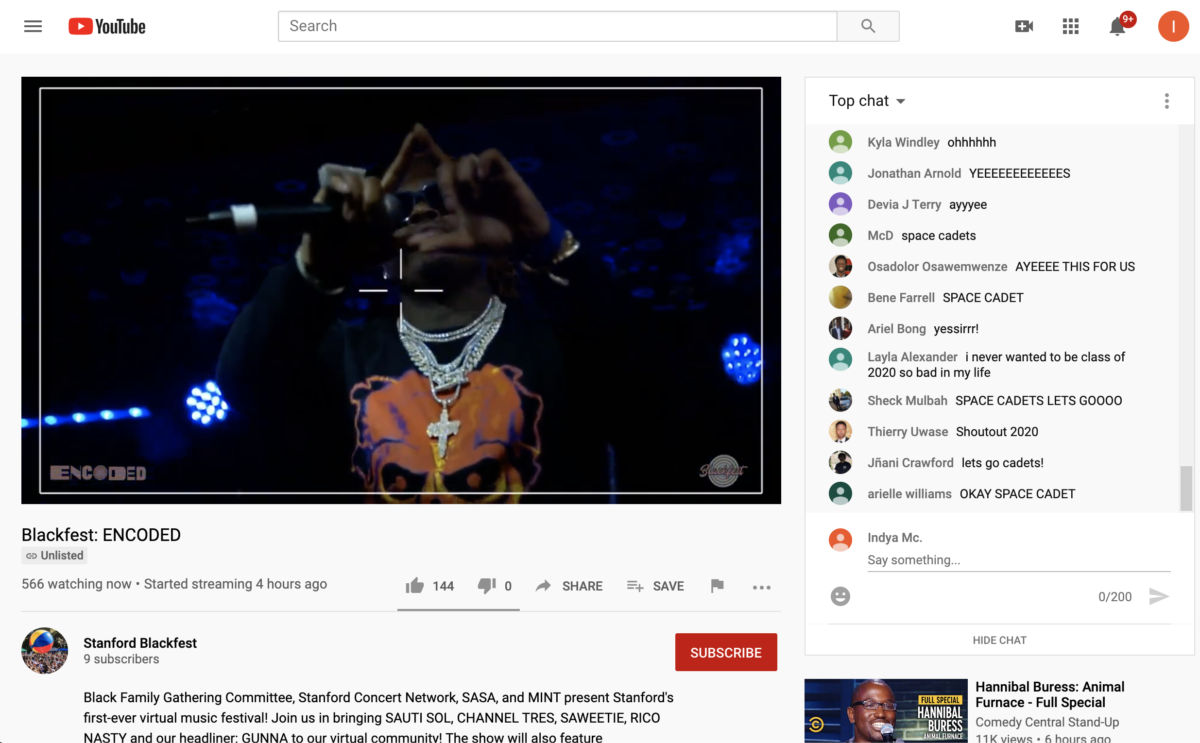
Blackfest: ENCODED, was truly one for the books; over 600 people tuned in. Yes, it would’ve been better to experience it in person, but all the organizations involved collaborated and worked so hard to put on a great show. What they made was amazing, and their hard work and effort definitely showed. Students were immensely happy as well. Many expressed the sentiment through Twitter and the YouTube chat feature that virtual concerts are the new wave: getting to see your favorite artists from the comfort of your own couch. And students weren’t the only ones tuned in — families of those students enjoyed the show as well. This was the largest Stanford student-organized concert since COVID struck, and it was a complete success. The event was about making space and taking time to honor and celebrate Black music and culture, of which many of us enjoy and listen to. As Iman put it, “virtual Blackfest was a radical act of making space.” These acts should not be radical, or solitary. They should be abundant — there should be more than a couple concerts, more than a couple events, more than a few select spaces on campus for our Black peers and Black people in the larger Bay community and beyond.
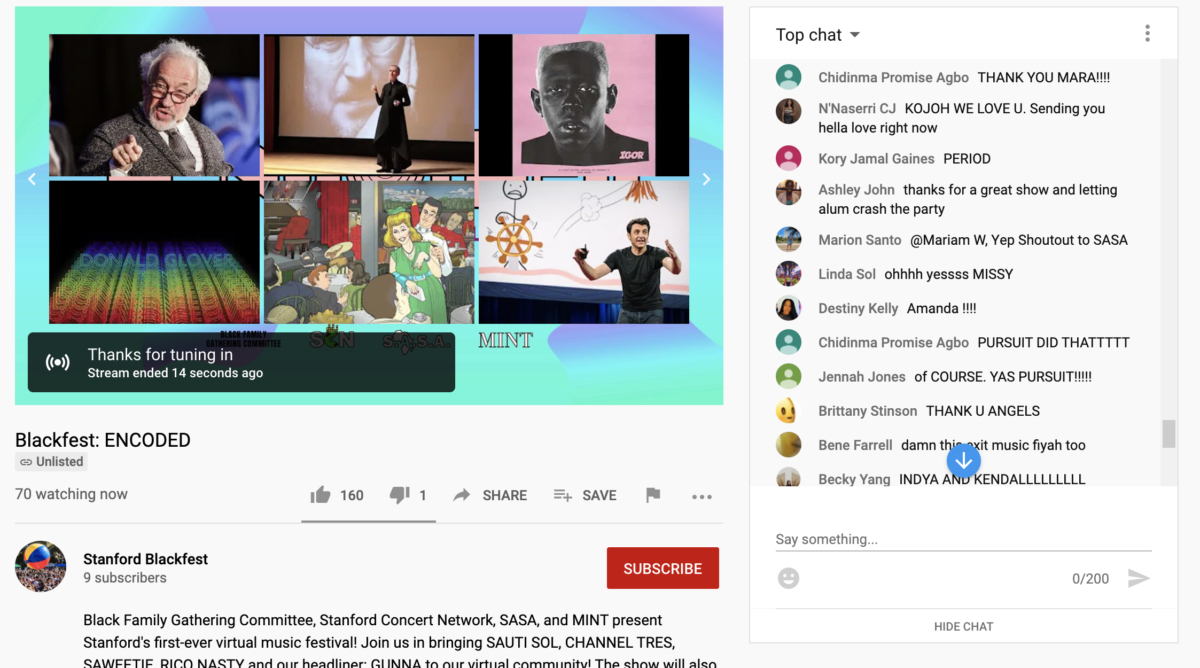
A special thanks to BFGC, SASA, MINT, SCN and PURSUIT Design for putting on an amazing show, creating a beautiful space, and taking the time to talk to me about the Blackfest:ENCODED vision and experience.
Contact Kamilah Arteaga at kam412 ‘at’ stanford.edu.
